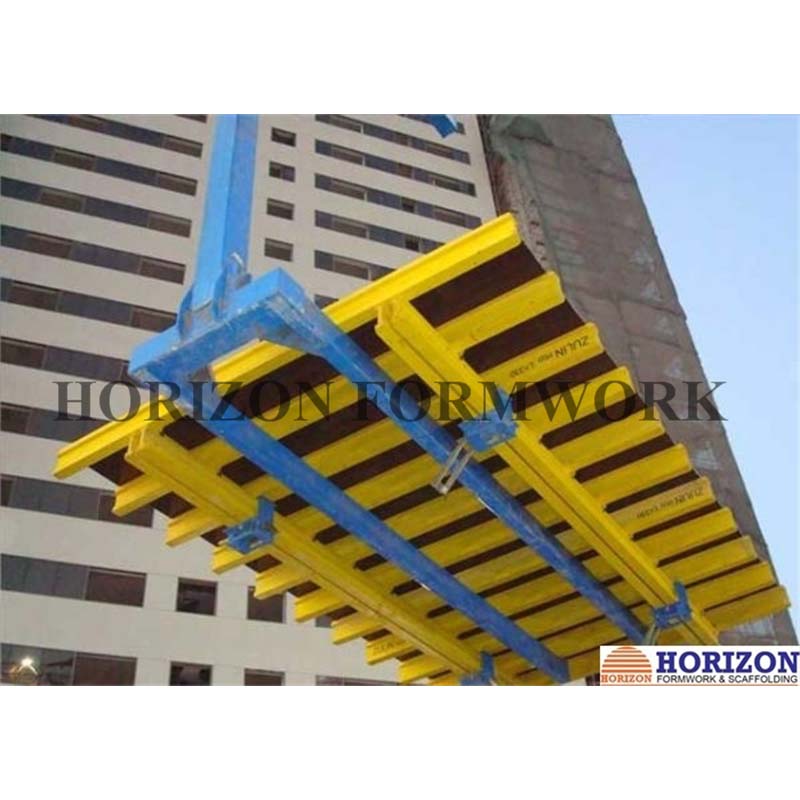Aug . 04, 2024 01:57 Back to list
Suppliers of Vertical Formwork Solutions for Efficient Wall Construction and Design Applications
Understanding Vertical Formwork for Wall Construction A Guide for Suppliers
In the rapidly evolving construction industry, the need for efficient, reliable, and cost-effective solutions has never been more pressing. Vertical formwork for walls plays a critical role in ensuring that concrete structures are built to the highest standards, providing the necessary support during pouring and curing processes. As a supplier of vertical formwork systems, understanding the essentials of this construction method is key to meeting the demands of contractors and contributing to the overall success of construction projects.
What is Vertical Formwork?
Vertical formwork refers to the temporary structures that are installed to mold concrete walls until they have achieved sufficient strength to stand independently. These systems are designed to withstand the pressure of freshly poured concrete and provide an accurate shape to the wall. Given the variety of construction projects, from residential buildings to large-scale commercial complexes, formwork systems are available in various materials, including timber, plastic, and steel. Each material offers distinct advantages, and the choice depends on factors such as cost, project scale, and specific performance requirements.
Types of Vertical Formwork
1. Timber Formwork Traditionally, timber has been the go-to material for formwork due to its availability and ease of use. However, while timber is a cost-effective option for small projects, it is less durable and more labor-intensive compared to other materials.
2. Steel Formwork Steel formwork is becoming increasingly popular because of its durability and reusability. It is ideal for large projects where numerous reuses can offset the initial higher costs. Steel formwork also provides a smooth finish, reducing the need for additional surface treatment of the concrete.
3. Aluminum Formwork Lightweight and strong, aluminum formwork systems are designed for rapid assembly and disassembly. They are suitable for high-rise buildings and repetitive construction activities, making them a preferred choice for many contractors.
4. Plastic Formwork This innovative option has gained traction due to its lightweight nature and resistance to water and chemical damages. Plastic formwork is particularly useful for projects in regions with extreme weather conditions.
vertical formwork for wall supplier

Benefits of Using Vertical Formwork
Using vertical formwork systems has several advantages for construction projects
- Efficiency Vertical formwork allows for quick assembly and disassembly, significantly reducing construction timelines. This is particularly important in fast-paced projects where time is of the essence.
- Quality Control By providing a precise mold for concrete walls, formwork systems ensure that structures meet the required specifications and tolerances. This precision leads to better quality control throughout the construction process.
- Safety Well-designed formwork systems enhance site safety by providing stable and robust support during the pouring process, minimizing the risk of accidents.
- Cost-Effectiveness Utilizing reusable formwork systems can result in significant savings over the lifecycle of a project, as the initial investment is spread over multiple uses.
Conclusion
As a supplier of vertical formwork for walls, understanding the nuances of different systems and their applications is essential in today’s competitive construction market. Providing high-quality, efficient, and adaptable formwork solutions not only meets contractors' needs but also enhances the overall building process. By staying updated with advancements in formwork technology and responding to the evolving demands of the industry, suppliers can play a crucial role in shaping the future of construction. Embracing this knowledge can lead to fruitful partnerships with contractors and contribute to creating sustainable and innovative structures for generations to come.
-
High-Quality U Head Jack Scaffolding – Reliable Scaffolding Jack Head Manufacturer & Factory
NewsJul.08,2025
-
High-Quality I Beam H20 Leading Timber Beam H20 Material Factory, Exporters & Manufacturers
NewsJul.08,2025
-
High-Quality Powder Coating Steel Formwork - Durable & Corrosion Resistant Solutions
NewsJul.07,2025
-
Inclined Column Formwork Supplier – Durable & Precise Solutions for Unique Structures
NewsJul.07,2025
-
High-Quality Water Stop Solutions Trusted Water Stop Company & Suppliers
NewsJul.07,2025
-
High-Quality Formwork Material Supplier Reliable Manufacturer & Factory Solutions
NewsJul.06,2025